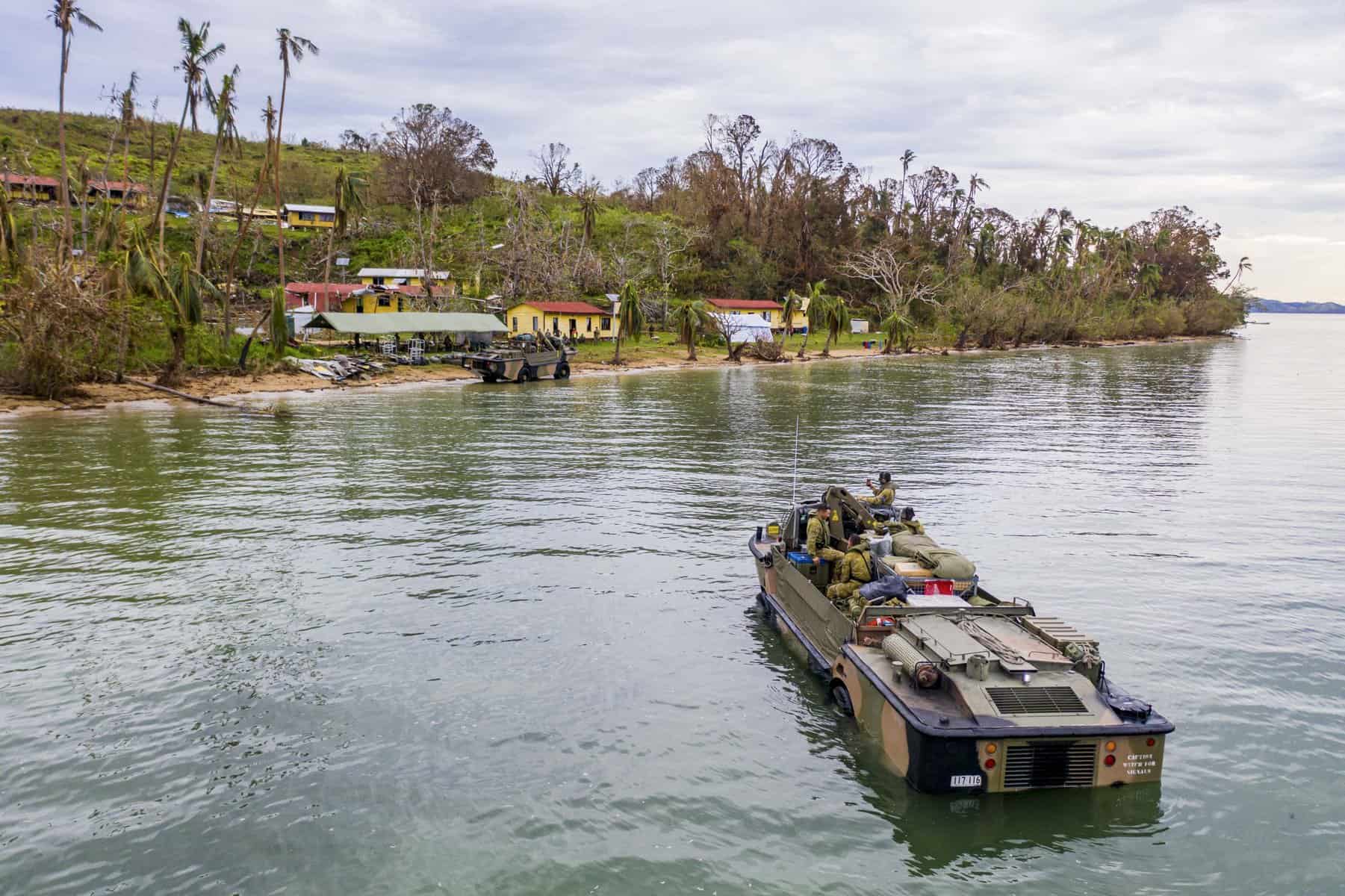As the United States of America’s westernmost territory, Guam employs the unofficial but frequently used motto, "Where America's Day Begins", referring to the island's proximity to the International Date Line.
A strategic point of interest in the United States’ Indo-Pacific military layout, Guam is also the first US line of defence against all threats from Asia. The territory’s geostrategic potential is rooted in its proximity to China and is cited in a Stanford University paper as representing “the westernmost location from which . . .
Please Subscribe to view full content...
